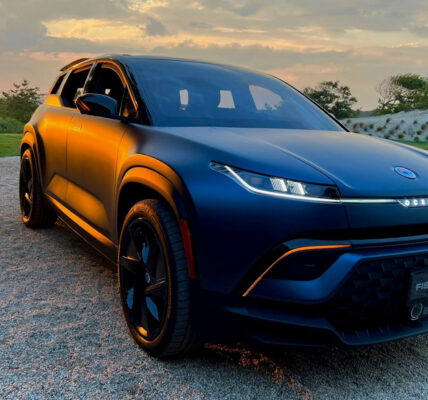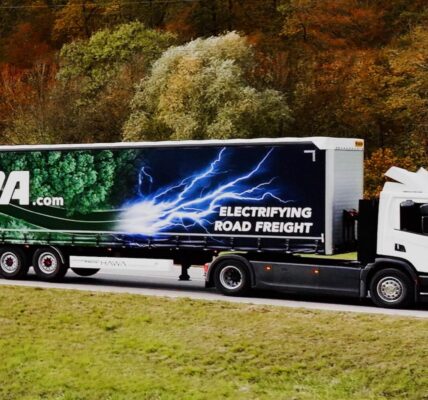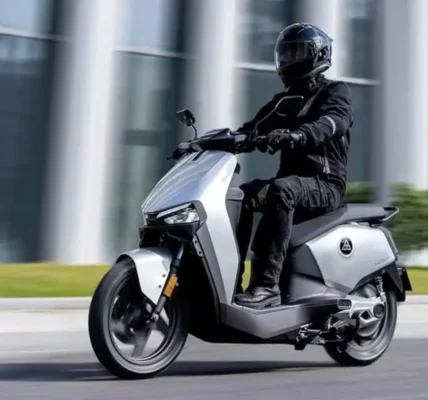The UK may have lost Eurovision this year, but it recently beat European rivals for an arguably more valuable prize. Jaguar Land Rover (JLR) is expected to build a multi-billion-pound electric vehicle (EV) battery plant in the UK rather than Spain – welcome news for British car makers. After decades of decline, this could help turn Britain into a base for battery production, saving its ailing auto sector.
The news about JLR expected investment brings relief after recent comments from manufacturers including Stellantis (owner of Vauxhall, Citroën and Peugeot), about the future of the UK car sector. These companies are largely concerned about producing EVs under stricter “rules of origin” post-Brexit.
This dictates the duty levied on a product based on where it was made, which could add tariffs on UK cars with Asia-made batteries. According to the rule of origin requirements, a percentage of a “made in Britain” product must be sourced from the UK to be sold without a tariff in the EU.
It’s unlikely that one new battery plant alone will save the UK auto industry, but it’s certainly a step in the right direction. To understand why, it’s important to explain how the UK became an attractive place to make vehicles in the past, when that changed, and why the industry has struggled to reach past highs in recent decades.
The UK automotive industry has travelled a bumpy road during its 130-year history – especially when it comes to production numbers. In the 1950s, the UK was the second largest producer of cars in the world, reaching peak production of nearly 2 million cars a year by the 1970s.
Throughout the 1980s, Japanese car manufacturers built factories in the UK because it helped them to gain a foothold in the lucrative European market. Rules set in 1975 aimed to limit Japanese imports to around 11% of the total UK car sales. Getting around this meant designing cars in Japan and then producing them (which often had English names like Triumph) in the UK to ensure they were exempt from these production caps. Honda started this strategy, but it was so successful that Nissan and Toyota were soon doing the same. In fact, the UK has been home to many major Japanese companies over the years as a result, not just automakers.
Alongside the Japanese-owned car factories, by the turn of the century, Britain’s output was also being bolstered by homegrown brands like Rover and Jaguar – producers of iconic vehicles such as the Land Rover and the Mini. UK production of 1.7 million cars in 2016 doesn’t really come close to the 5 million vehicles produced per year by Germany at this time, but it’s respectable for a nation that was thought to be losing its manufacturing prowess in the 1970s to foreign competition.
Since Brexit, UK car production has been dropping every year, however, reaching a low of 775,000 in 2022. Even before the EU Referendum, manufacturers warned that uncertainty around the future of trade may jeopardise UK factories.
After the UK voted to leave the EU, the government stepped in with investment pledges. But it’s become harder to make the business case for UK auto manufacturing as the realities of Brexit have set in.








